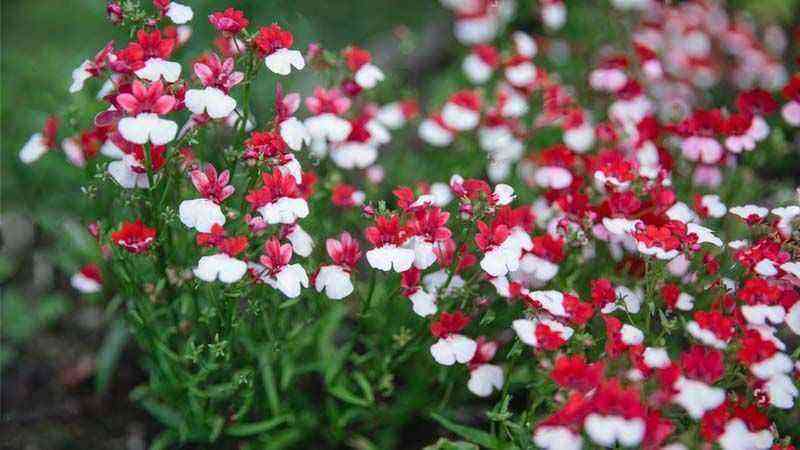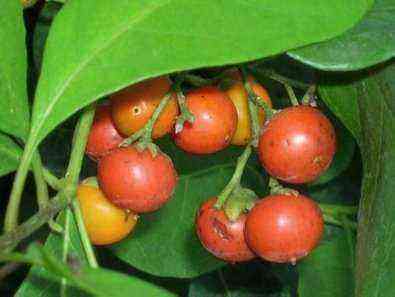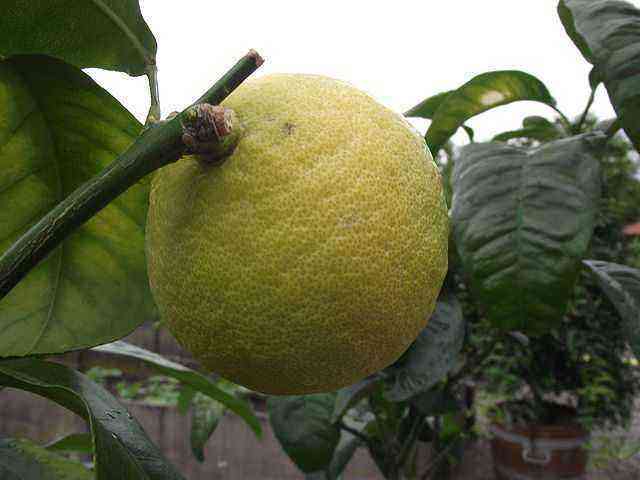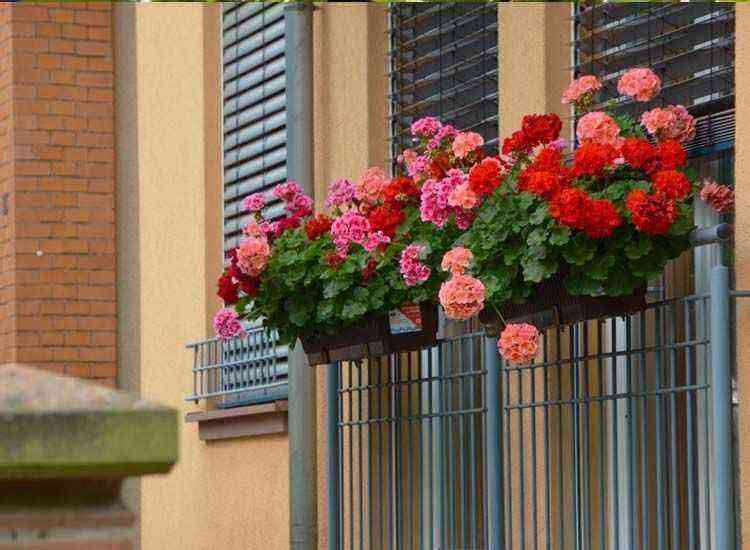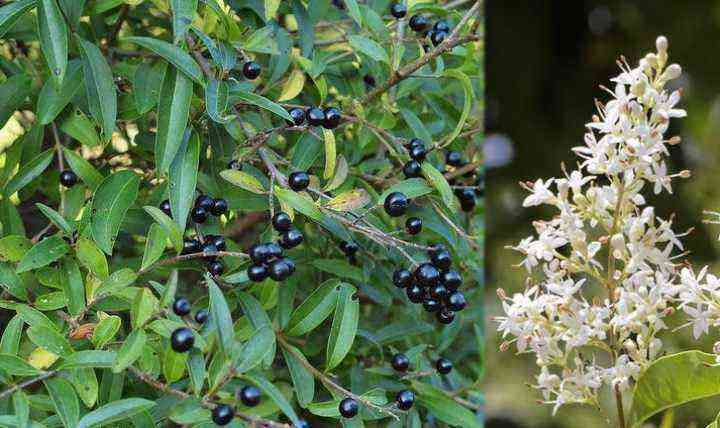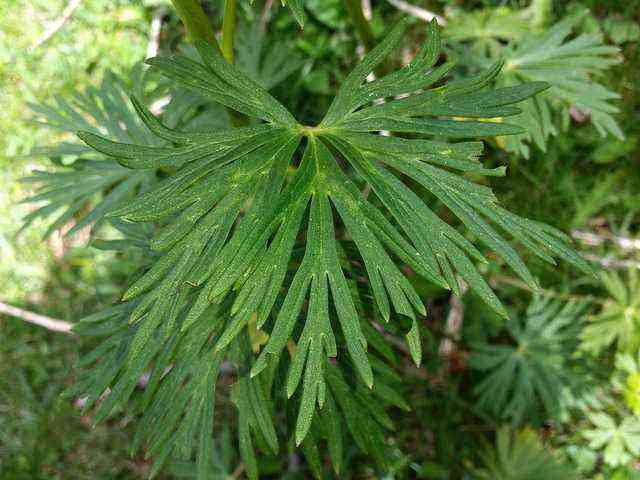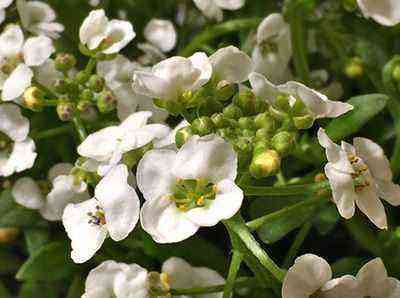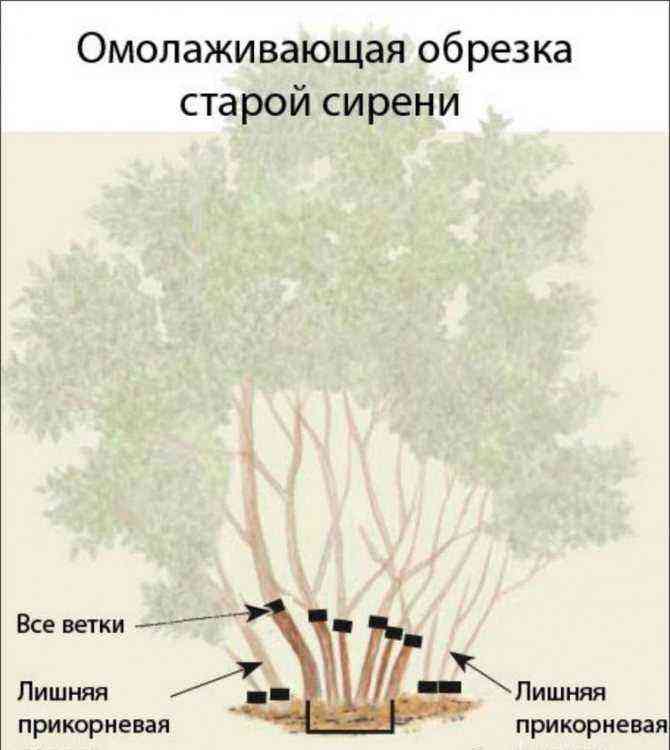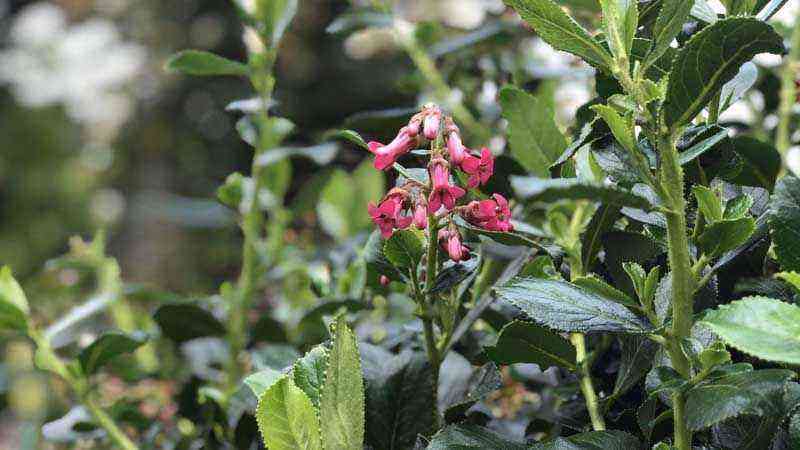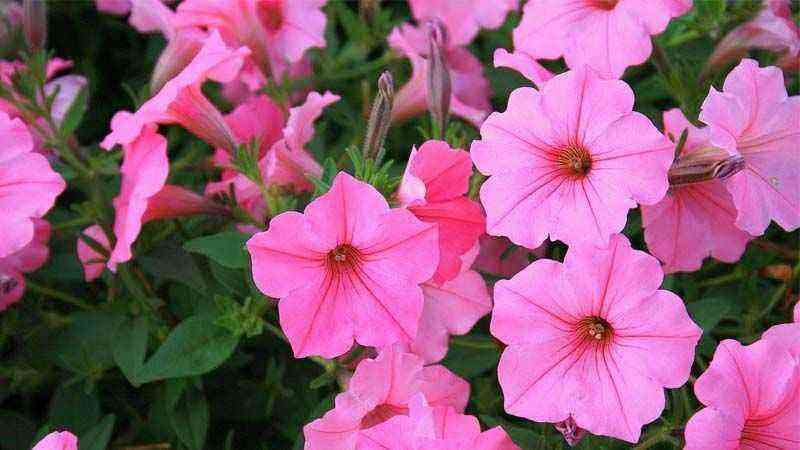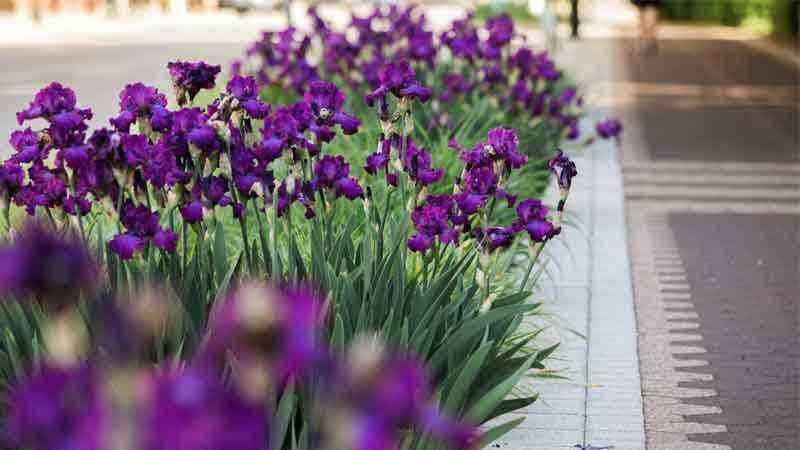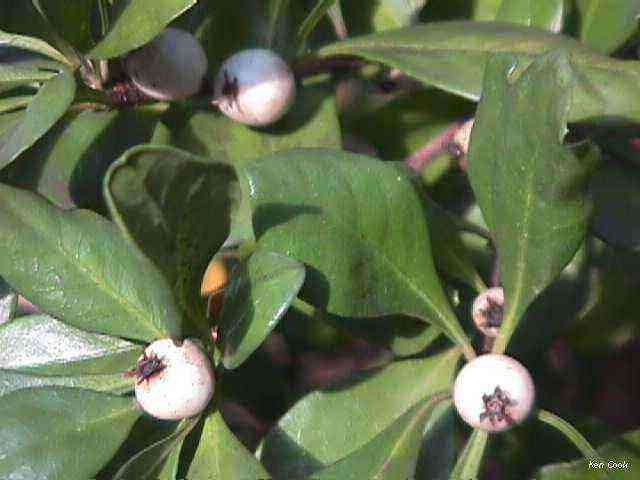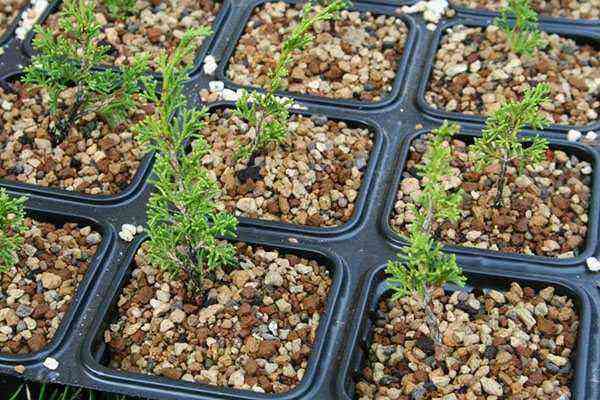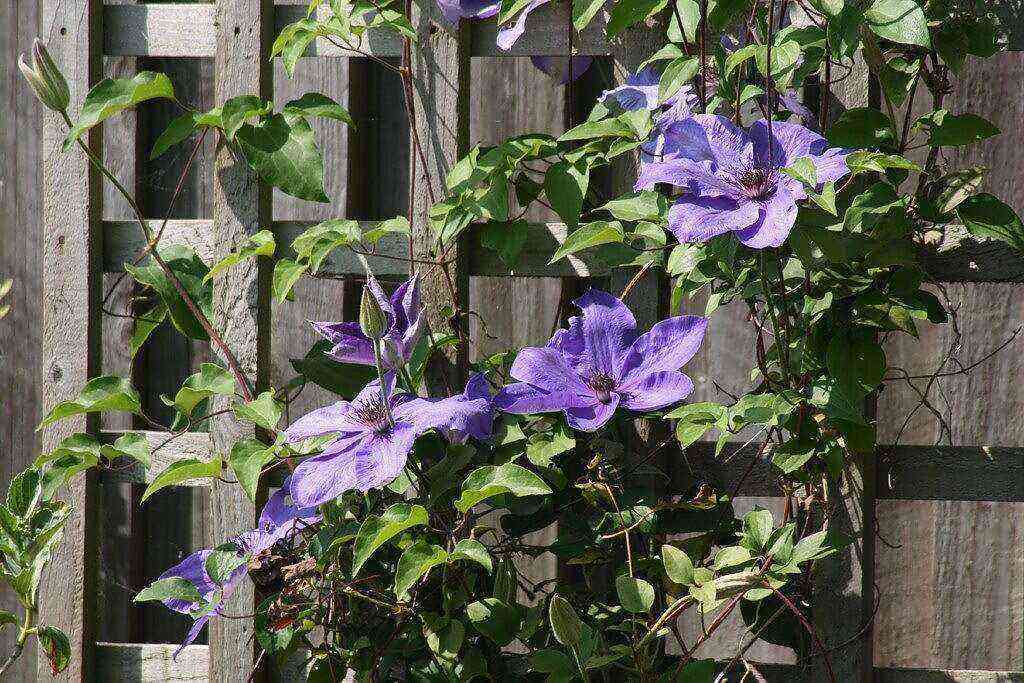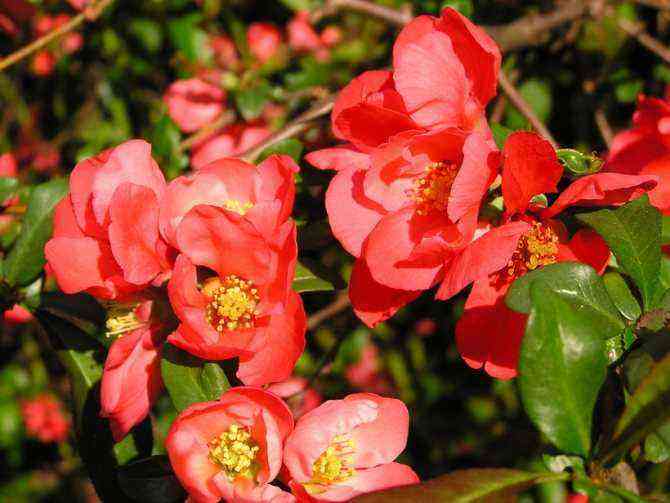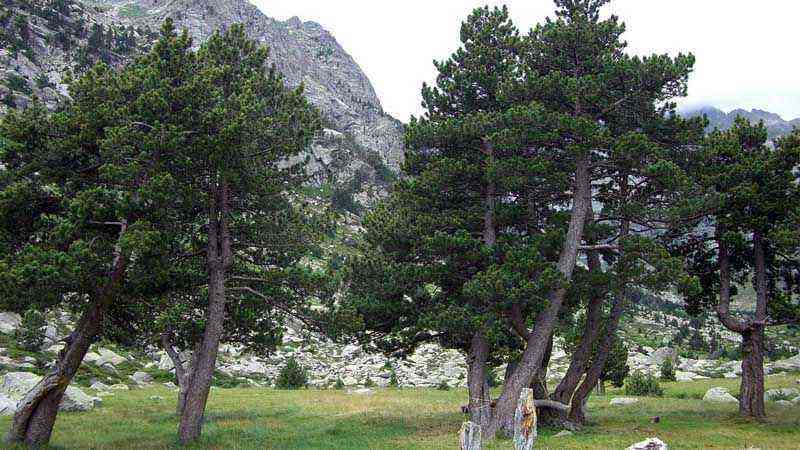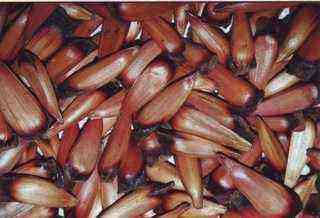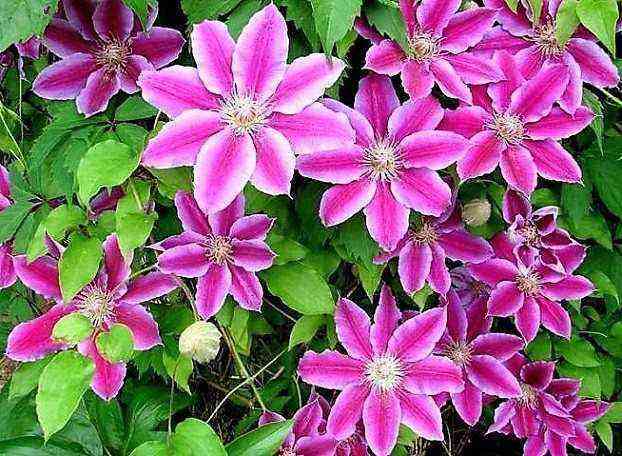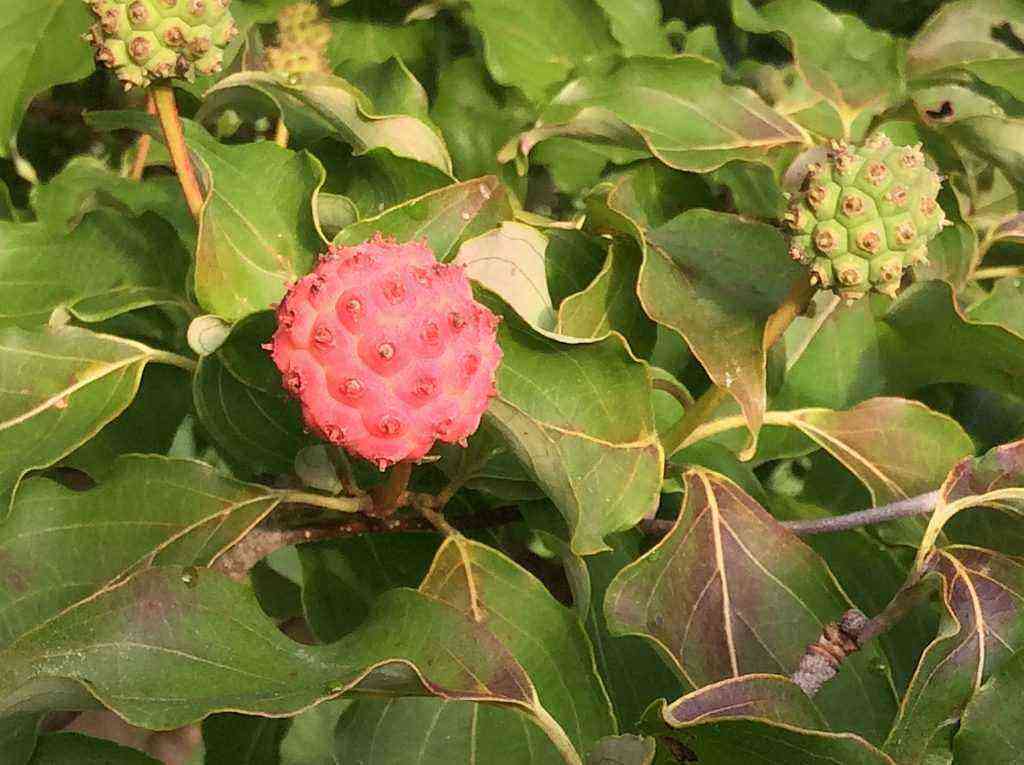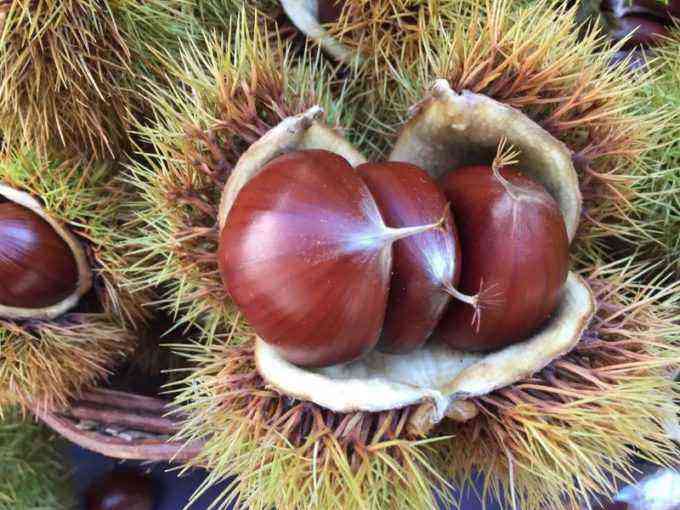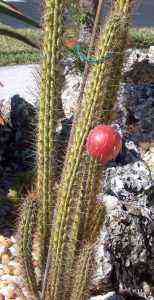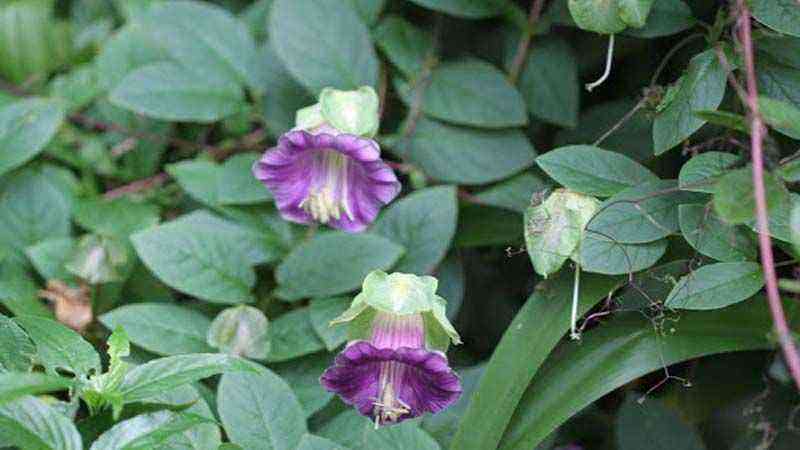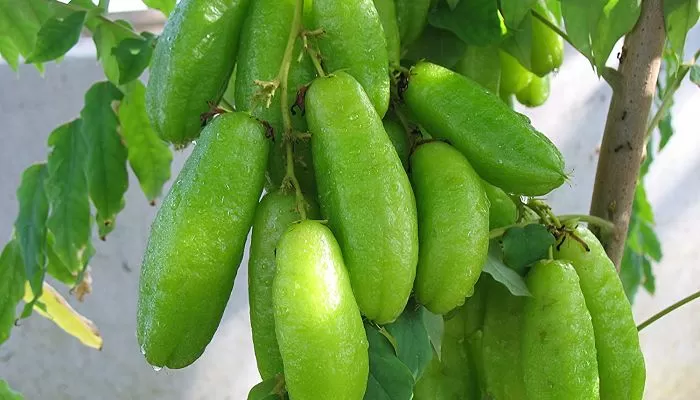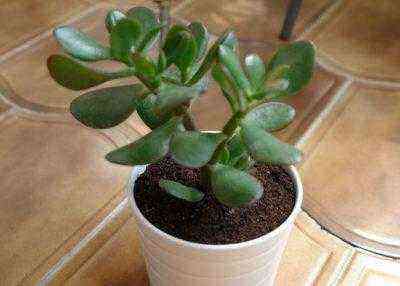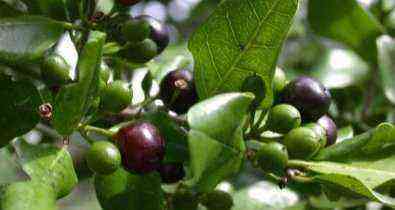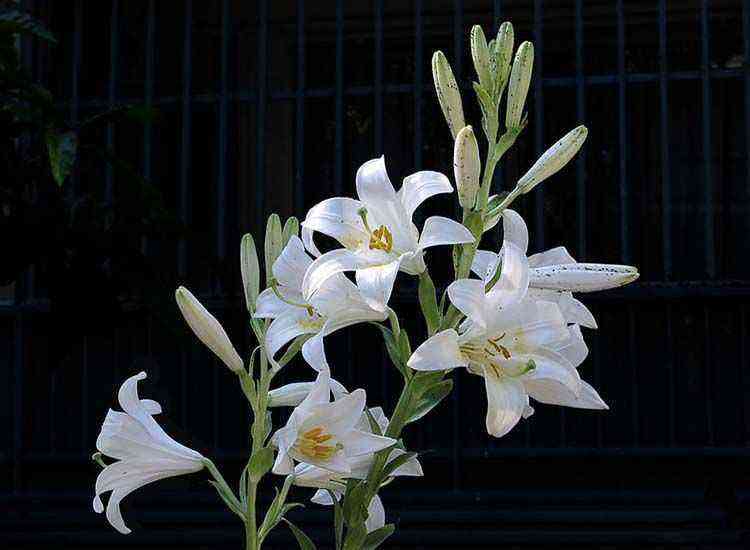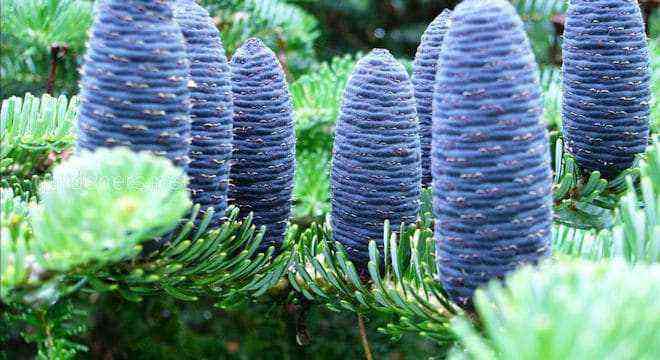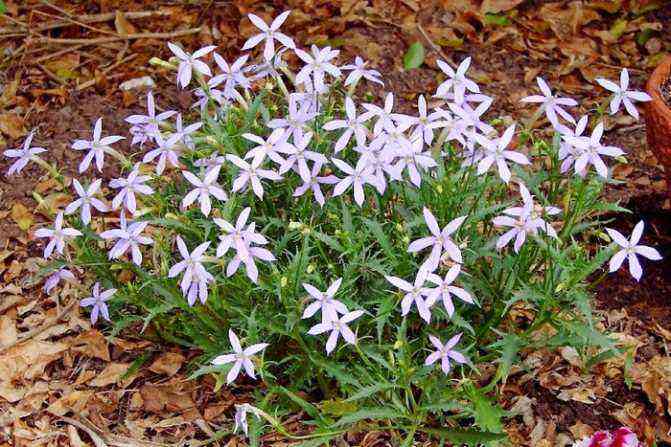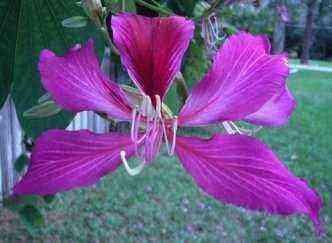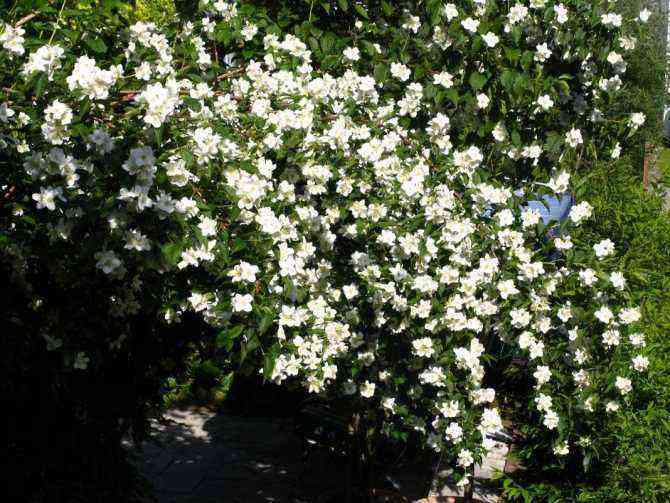We would have to go to South Africa to find the origins of this varied genus of flowers with a great variety of color. Fortunately, we no longer have to go there to get Nemesias. This plant with blooms of various colors and relatively compact appearance, will be a great companion on balconies, terraces and even outdoors in temperate zones.
There are many flowers, we know that. Fortunately, biodiversity allows us to have thousands of plant possibilities, whatever the climate, soil or conditions. Of course, we must know what conditions we have to try to adapt the plants we want as best as possible without reaching unnecessary frustration that undermines our desire to garden.
Nemesia, a flower that will give us a lot of color for a good chunk of the year
In this case we are talking about a plant of great ornamental value. The Nemesia strumosa has a very wide variety of colors, both monochrome as hybrids created by man that combine colors in a majestic way. We have white, yellow, orange, red, purple, pinkish colors and from there the bitonal combinations multiply as we can see in the following photos.
This great variety of color allows us something very interesting: Color combinations within the same growing conditions
Taking this into account, flowerbeds, planters, or pots mixed with different varieties that allow that great variety of color, are an option to take into account for this plant. The only drawback, as we will see later, is irrigation.
It is a plant that hardly exceeds the half a meter high so it is a very restrained medium size without being creeping. It has a presence but it does not dismantle like others. Small groups of Nemesia of different colors can give us color in a place of half shade and cool, a situation that will go very well as we will now see.
Nemesia growing conditions
Temperatures and lighting
As we say in the head, it comes from South Africa but we can find it in a multitude of temperate climates. It is not a plant of extremes. Rather, it needs stability on both sides. It does not support frost at all so in cold climates, outdoor options are drastically reduced. We are left with the interiors, the galleries or the exterior when the frosts have subsided, knowing that, when the cold returns, they will inevitably die.
Nor does it like climates classified as hot, mainly because the amount of water that should be provided would be too much, therefore, we are faced with the opposite case in this type of climate. Grow it when the heat is slightly less pressing and try to avoid the summer season.
The so-called temperate climates, mild winters and mild springs and summers are perfect for growing outdoors. Even so, it is best to try sheltered situations etc. until we find the area where it can best adapt.
Regarding lighting, it can grow without problems full sun (as long as it’s not too hot) or in half shade. The second option is usually the most suitable because it requires a fresh and humid substrate, a situation that will remain more stable with a somewhat lower exposure.
Soil and irrigation
As we just mentioned, the soil needs to have a good humidity level, be fresh, light and with a very good content of organic matter. We can’t forget the compost o mantillo that we must contribute before planting to ensure proper nutrition of the plant. Later applications will help development.
Irrigation is the most important section. There are only two things that this plant does not support: frosts and droughts. They are its two limiting factors. Recovering the plant from a drought is practically impossible. It affects you a lot and this may be the reason why, it is not a star plant in balconies, gardens and other locations.
You have to be very careful to provide a cool environment and a moist substrate almost constantly.
And be careful with watering abundantly, thinking that this way you have water for several days. We already know what happens with puddles. If you are able to be aware of the waterings, it is the perfect plant for you!
Nemesia pruning: the key to recovering its flowering
Once the plant has flowered, it is quite possible that the successive blooms will slow down a bit. There is no way to prune it a little to give it that necessary push so that it will re-bloom with enthusiasm again. Fall and winter blooms can sometimes be seen with proper care.
